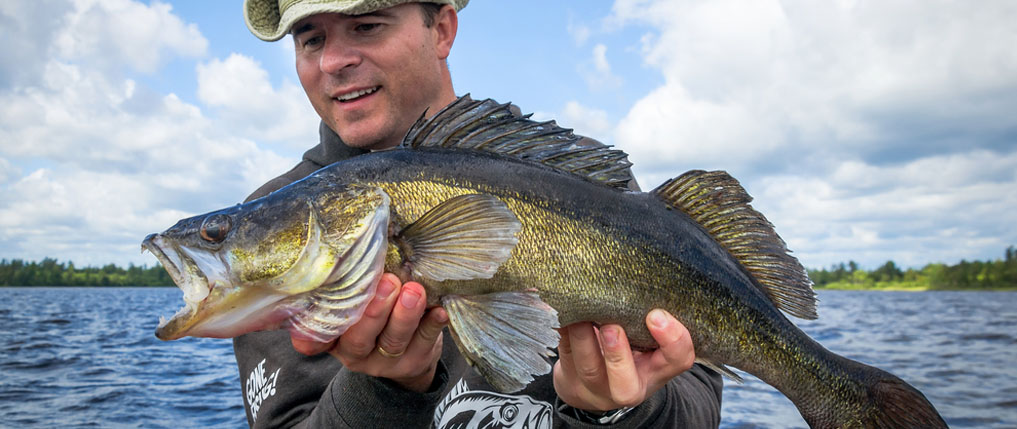
The Best Rod and Reels for Walleye Fishing
Walleye fishing requires a solid spinning combo rod and reel. Keep it spooled with an inexpensive 8 lb. monofilament for that forgiving stretch that allows you to fish with both live and artificial bait if you choose. Then, spool the mainline with a 10 lb. braid, finishing it off with a 12 lb. fluorocarbon leader. The braid will offer a smoother cast that helps you land where you intend. Make sure to protect your equipment with a Pelican case, too.Use Live Bait to Catch Walleye
Unlike most freshwater fish, walleye are somewhat picky eaters. While many fish-eater walleye and trophy walleye can be drawn out using lures and jigs, your standard walleye knows better and craves the real thing – live bait! Here's the best live bait for catching walleye: Minnows – Great year-round bait. Look for smaller shiners to attract walleye for eating and larger ones for that elusive trophy fish.Leeches – Found in many local lakes, ribbon leeches and tiger leeches are a second bait choice that works wonderfully in water temps that reach the 60s. Ask the bait shop what leech the locals prefer.
Nightcrawlers – These long worms are perfect for almost all conditions, but work well in warmer lakes. An affordable option, nightcrawlers make good backup bait.
Where and When to Fish for Walleye
Walleye are hard to track down and require an understanding of the water's depths and bottom structure. The cover they use, water temperatures and even light conditions all play a role in a walleye's day to day activity. Let's explore each of these more in-depth. Structure – Beneath the waters, walleye will seek a structure. This could be anything from beneath the water and along the floor that transitions in depth or consistency. For instance, a structure could be points on the shoreline that make up a sandy beach or rocky peninsula. Beneath the visible surface, it might transition into a ledge or drop-off where walleye love to linger during morning and evening feeding hours. Other examples of structures are flats, holes, humps, saddles and sunken islands.Cover – As the name implies, cover is any shelter or shade over the body of water. And when you find both structure and cover, it will increase your chance of finding walleye. Look for cover like weed-covered rocks and rock piles around a point structure. Since walleye school together, also look for larger covered areas that accommodate a big group.
Depth and Temperature – Depth fluctuates based on the temperature of the season. But as a general rule of thumb, walleye enjoy a temperature somewhere around 65-75 degrees, when spring transitions into summer. During a spring fishing outing, seek walleye in the lake's warmer pockets, such as the Northern side. During summer, walleye will go even deeper into holes and saddles.
Time of Day – Since walleye are sensitive to light, they go deeper midday. So get out on the water early morning or late evening.
 United States / Global
United States / Global
 Europe
Europe
 Canada
Canada
 Australia / New Zealand
Australia / New Zealand
 Japan
Japan
 China
China
 Latin America
Latin America